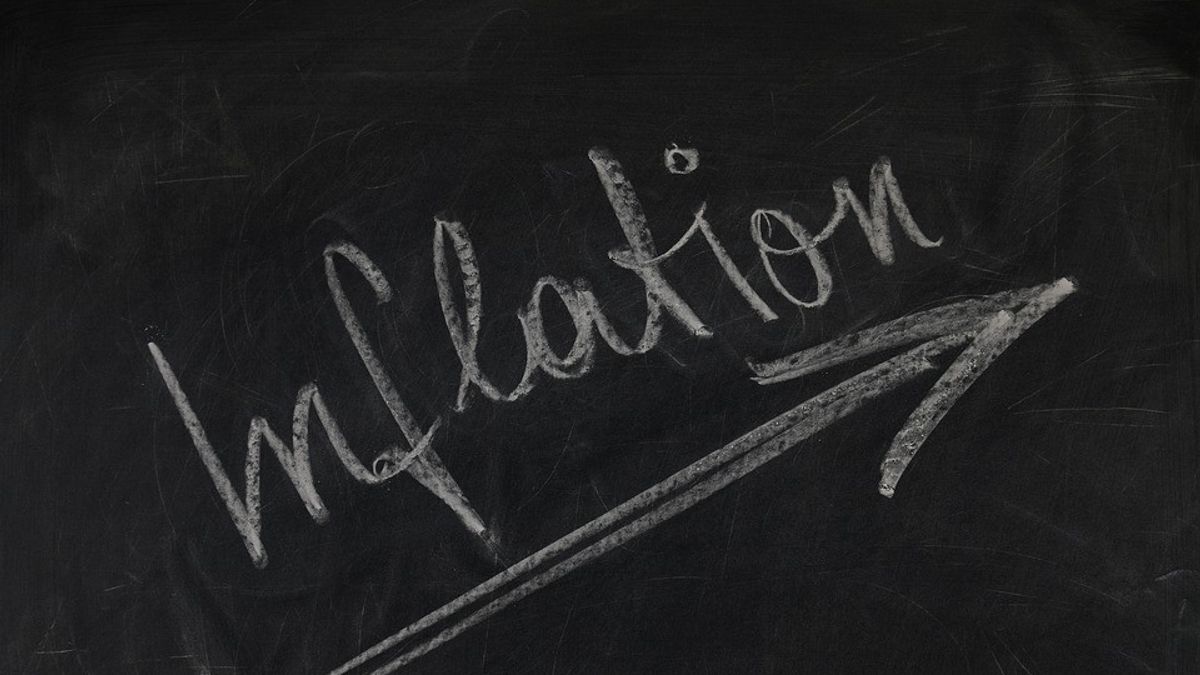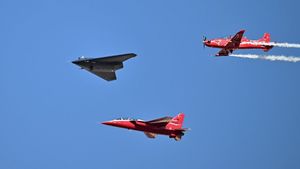YOGYAKARTA One of the economic problems that often haunts the country is inflation. When inflation occurs, the prices of products will increase, the number of unemployed will increase, and the currency will experience depreciation. So, what is inflation? Here are the full reviews on the understanding and types of inflation.
Quoted by VOI from the official website of Bank Indonesia, Inflation is an increase in the price of goods and services in general and continues to take care of it for a certain period of time.
The increase in the price of goods and services can cause the currency to be depreciated. Thus, inflation can also be interpreted as a decrease in the value of money on the value of goods and services in general.
In Indonesia, inflation calculations are carried out by the Central Statistics Agency (BPS). BPS uses the Consumer Price Index (IHK) as an indicator to measure inflation rates.
JCI itself is defined as an index that calculates the average price change of a package and service consumed by households for a certain period of time.
According to The Classification of Individual Consumption by Purpose (COICO) IHK is divided into seven expenditure groups, including:
The grouping data was obtained through the Living Cost Survey (SBH).
Types of inflation can be seen based on determinant or the cause, including:
Factors that can cause cost push inflation are a decrease in the exchange rate, the impact of foreign inflation, especially trading partner countries, an increase in commodity prices regulated by the government.
In addition, cost push inflation can also be caused by negative supply shocks (sudden supply of goods) due to natural disasters and disruption of distribution.
Factors that influence inflation expectations are the behavior of the community and economic actors in using inflation figures expectations in their economic activity decisions.
The expectations of inflation are reflected in the behavior of price formation at the producer and trader levels ahead of religious holidays.
Demand Pull Inflation is defined as inflation that occurs due to pressure from the demand side. This condition occurs because demand for goods and services is higher than its availability.
In the concept of macroeconomics, demand pull inflation is described by real output that exceeds its potential output, or aggregate demand is greater than the economic capacity.
According to Boediono (1985), based on its severity, inflation is divided into four types, namely light inflation, moderate inflation, heavy inflation, and very heavy inflation.
Light inflation does not really interfere with the economic situation because prices only increase in general. Light inflation has a value below 10% per year.
Boediono said inflation was endangering economic activity. The reason is, this inflation can reduce the welfare of people who have a steady income. This inflation ranges from 10%-30% per year.
Meanwhile, heavy inflation can disrupt economic conditions. This condition occurs because people are reluctant to save in banks due to bank interest which is much smaller than the inflation rate.
SEE ALSO:
Boediono said the heavy inflation rate ranged from 30 percent to 100 percent per year.
Very heavy inflation is an inflation that is very difficult to control. The reason is, this inflation rate is around 100 percent per year.
This is the definition and type of inflation that has the potential to occur in a country.
The English, Chinese, Japanese, Arabic, and French versions are automatically generated by the AI. So there may still be inaccuracies in translating, please always see Indonesian as our main language. (system supported by DigitalSiber.id)
















